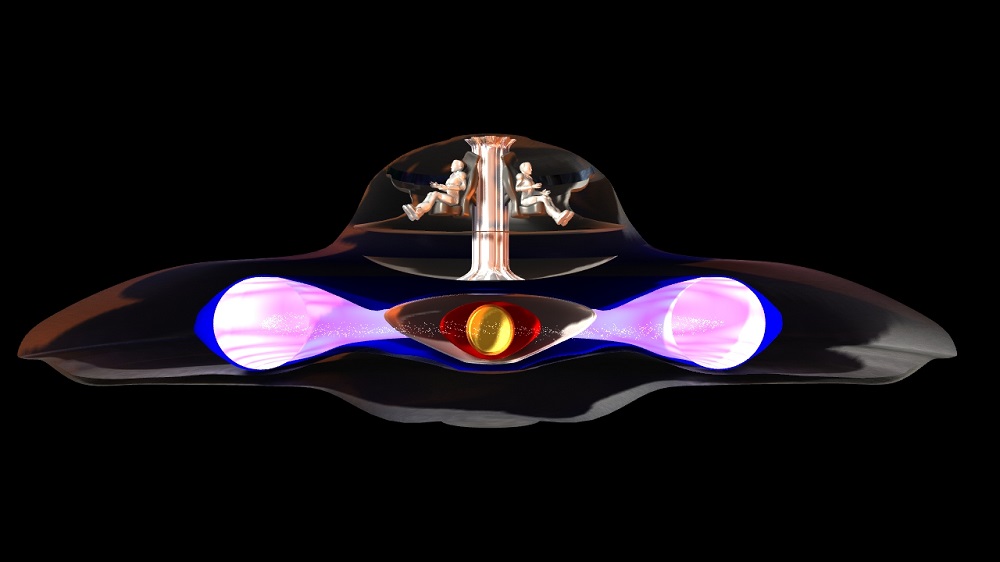During the 1950’s, the United States invested heavily in gravity control propulsion research, or the study of how to harness gravity and make anti-gravity devices. Much of this research has been attributed to conspiracy theories about the existence of extraterrestrial life and the visitation of unidentified flying objects from space.
Key Takeaways:
- Literature from that period used the terms anti-gravity, anti-gravitation, barycentric, counterbary, electrogravitics (eGrav), G-projects, gravitics, gravity control, and gravity propulsion.
- Their publicized goals were to develop and discover technologies and theories for the manipulation of gravity or gravity-like fields for propulsion.
- Although general relativity theory appeared to prohibit anti-gravity propulsion, several programs were funded to develop it through gravitation research from 1955 to 1974.
“The existence and 1950s emergence of the gravity control propulsion research have not been a subject of controversy for aerospace writers, critics, and conspiracy theory advocates, but their rationale, effectiveness, and longevity have been the objects of contested views.”
Read the full article here: United States gravity control propulsion research – Wikipedia, the free encyclopedia
Related Content:
Reference:
- Wikipedia.org (Website)
- BBC (YouTube Channel)


Leave a Reply